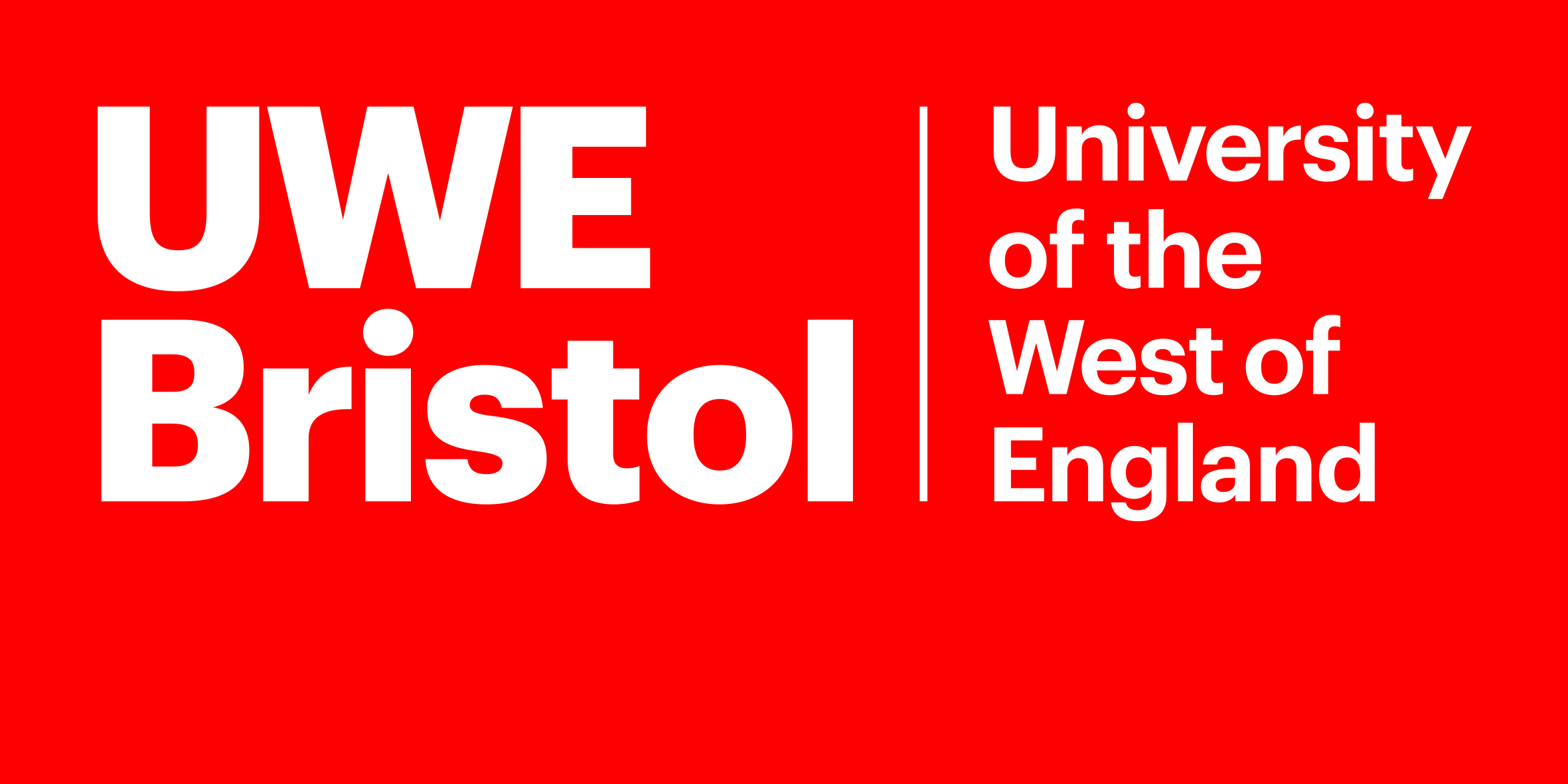Vitaly Efremov
Modelling of blood component flexibility using quartz crystal microbalance
Efremov, Vitaly; Lakshmanan, Ramji; Byrne, Barry; Cullen, Sinead; Killard, Anthony
Authors
Ramji Lakshmanan
Barry Byrne
Sinead Cullen
Prof. Tony Killard Tony.Killard@uwe.ac.uk
Research Professor in Biomedical Sciences
Abstract
Quartz crystal microbalance (QCM) is a sensitive technique for real-time monitoring of cell adsorption, aggregation and cell-to-surface interaction processes. However, cell adhesion time courses are usually considered as merely qualitative, being presented in terms of QCM resonant frequency shift and/or changes in the dissipation parameter, the precise physical meanings of which are not derived. In the present study, a model of cell adhesion to the QCM sensor surface was proposed. The main output parameter of the model is the rigid mass density, Mr, being related to QCM resonant frequency and dissipation with a simple expression. From this, it can be determined that Mr is the mass density of the layer formed by all directly adhered parts of the cell, being rigidly coupled to the sensor surface. We postulate that the Mr(t) value is proportional to the number of cells adhered by the time t, and that the coefficient of this proportionality is strongly dependent on cell-to-surface interaction forces.
| Journal Article Type | Article |
|---|---|
| Publication Date | May 1, 2014 |
| Journal | Journal of Biorheology |
| Print ISSN | 1867-0466 |
| Electronic ISSN | 1867-0474 |
| Publisher | Springer Verlag |
| Peer Reviewed | Peer Reviewed |
| Volume | 28 |
| Issue | 1 |
| Pages | 45-54 |
| Keywords | QCM, adhesion, cell, absorption, viscoelasticity, platelets |
| Public URL | https://uwe-repository.worktribe.com/output/818068 |
| Publisher URL | http://www.biorheology.jp/br.html |
About UWE Bristol Research Repository
Administrator e-mail: repository@uwe.ac.uk
This application uses the following open-source libraries:
SheetJS Community Edition
Apache License Version 2.0 (http://www.apache.org/licenses/)
PDF.js
Apache License Version 2.0 (http://www.apache.org/licenses/)
Font Awesome
SIL OFL 1.1 (http://scripts.sil.org/OFL)
MIT License (http://opensource.org/licenses/mit-license.html)
CC BY 3.0 ( http://creativecommons.org/licenses/by/3.0/)
Powered by Worktribe © 2025
Advanced Search
